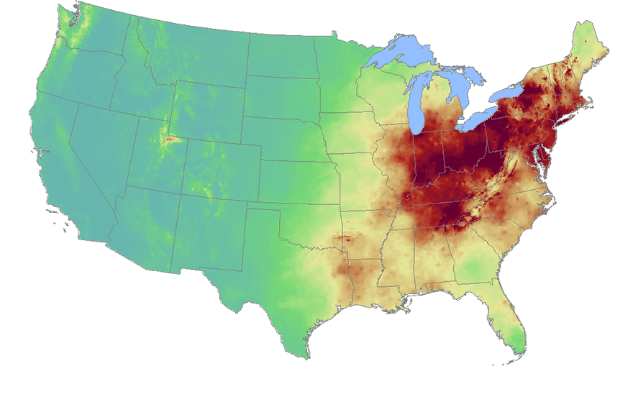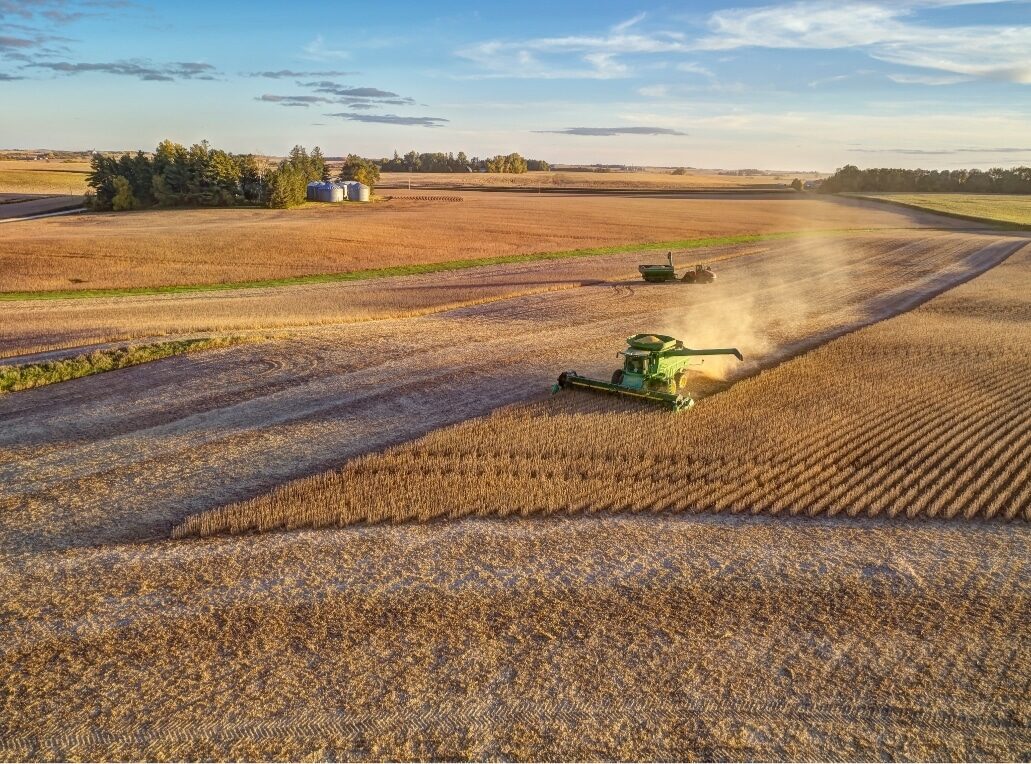Supplemental Nitrogen and Sulfur. A Key to Success.
Nitrogen and sulfur work hand in hand to promote a healthier soybean plant and greater yield. Soybeans Can’t Do it All on Their Own.

Many people think supplemental nitrogen isn’t needed on soybeans because the plant fixes its own nitrogen from the atmosphere. While soybeans do naturally fix about 50% of the nitrogen they need, supplemental nitrogen is necessary to close the gap between biological fixation and the plant’s total need. The higher the yield potential, the greater the gap. The soybean plant needs sulfur as well. As a result of stricter EPA emissions regulations, sulfur available to the plant from atmospheric depositions has declined significantly over the past several decades. In fact, most soils across the U.S. are currently receiving no more than about 5 pounds of sulfur per acre from the atmosphere. The lack of sulfur available to the plant can become problematic if not addressed, as sulfur is essential in the synthesis of S-amino acids and proteins, chlorophyll formation, and nodulation.
3-YEAR WET SULFATE DEPOSITION (SOURCE: EPA.GOV)

1989 - 1991

The application of nitrogen and sulfur at the time of planting gives soybeans the jump start they need early in the spring. In high yield environments (>70 bu/acre), an additional nitrogen and sulfur application may be necessary later in the season to make sure these nutrients are not limiting during pod filling.
2014 - 2016

It’s critical that both nitrogen and sulfur are available to the plant throughout the season in order to ensure the plant achieves maximum yield and produces high-quality soybeans. Both nutrients are vital to photosynthesis, thus impacting yield. They are also building blocks of amino acids, which impacts soybean quality.
ADVANSIX NUTRIENT NEWS
Our quarterly newsletter will help you stay up to date on all the latest trends and research in crop nutrition. Read the latest articles below.
TIMES HAVE CHANGED. AND YOUR FIELDS CAN TOO.
The opportunity to maximize soybean yields is here, but it requires evolving management strategies beyond traditional thinking. Below are a few key reasons why you need to think about nitrogen and sulfur on soybeans differently than before.

Provide what your seeds need
Today’s high yield soybean varieties require more nitrogen and sulfur than ever before to maximize yield potential and ensure the plant is healthy throughout the season. It’s important to work with your agronomic advisor to develop a plan that will provide adequate crop nutrition for newer high yielding varieties to maximize their yield potential. These varieties not only have higher overall sulfur needs, but also half of their sulfur needed is required during the reproductive stages (similar to the case of nitrogen).

Mobile Nutrients Require More Planning
Recent wet years have increased the likelihood of leaching losses. Because S and N are both mobile within the soil, it’s critical to manage these nutrients in each field, particularly on coarser soils following a rainy season or high yielding harvest.
Organic Matter (OM) is the main reserve of both N and S within the soil, and S-responsive soils have traditionally been associated with low OM levels. Recently, however, yield responses to S have been showing up even in heavier textured soils with higher OM levels as a result of less “free” S from atmospheric depositions and higher yielding harvests. Yield responses to S can also be influenced by the effects of colder weather on mineralization as a result of earlier planting or by N and S immobilization by cover crops.
“There’s a limited amount of land in the world, so it’s important that we give farmers tools to be able to generate as much food as possible on the land that they’re using. We’ve spent years researching the benefits of our product and sulfur into plant nutrition, and our goal is to both research and communicate the benefits of our ammonium sulfate fertilizer to our customers, so they can grow more food, more efficiently, and with higher quality.” – Mike Hamilton, Vice President and Business Director, Plant Nutrients
Supplement Your Soybeans Program
EXPERTISE, RESEARCH AND INDUSTRY INSIGHTS IN ONE PLACE
As you rethink your nutrition plan for high-yielding soybeans, consider AMS. Soybeans require higher levels of sulfur and nitrogen to deliver increased yields. Dig deeper into soybean nutrition by exploring university field trials, research findings and testimonials from those who have first-hand knowledge of raising their soybean yields.













